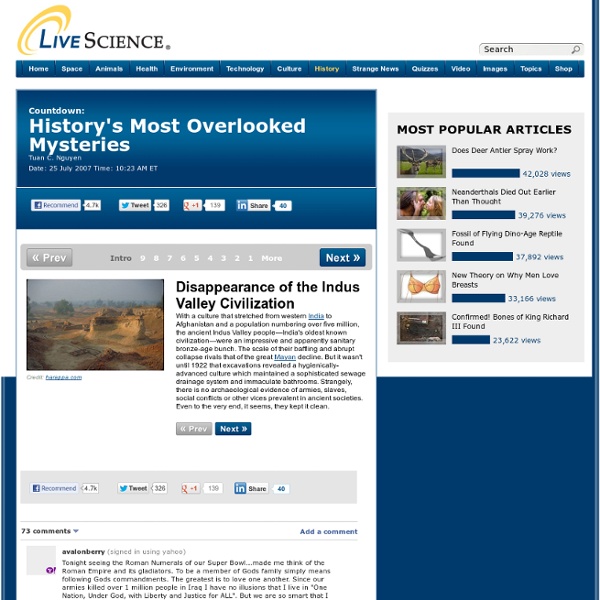



Was the Star of Bethlehem Actually Venus? | Christmas Star, Mars, Jupiter & Saturn | Life's Little Mysteries That glittering star topping your Christmas tree isn't there just to look pretty it represents the Star of Bethlehem, which glowed overhead when Jesus was born, according to the Bible. But some scientists believe the star was not a star at all, but three planets. There are many theories as to what the Star of Bethlehem really was. Some believe it never existed, while others argue it could have been a nova . Other historians and astronomers say that it may have been a meteor or a comet that was mistaken for an ultra-bright star. [Got a question? Of all the theories, "the most believable comes from the studies made by historians and astronomers," Dr. Actually, Venus has been mistaken for many things, including UFOs . Whatever astronomical events led to the Star of Bethlehem's formation, scientists, historians and astronomers will undoubtedly continue to try to solve the mystery of what made it appear if it did at all.
Buddhist flower that blooms once every 3000 years discovered under nun's washing machine // Current To Our Faithful Current.com Users: Current's run has ended after eight exciting years on air and online. The Current TV staff has appreciated your interest, support, participation and unflagging loyalty over the years. Your contributions helped make Current.com a vibrant place for discussing thousands of interesting stories, and your continued viewership motivated us to keep innovating and find new ways to reflect the voice of the people. We now welcome the on-air and digital presence of Al Jazeera America, a new news network committed to reporting on and investigating real stories affecting the lives of everyday Americans in every corner of the country. You can keep up with what's new on Al Jazeera America and see this new brand of journalism for yourself at Thank you for inspiring and challenging us. – The Current TV Staff
34,000-Year-Old Organisms Found Buried Alive! | Climate Research, Salt Crystals & Ancient Organisms It's a tale that has all the trappings of a cult 1960s sci-fi movie: Scientists bring back ancient salt crystals, dug up from deep below Death Valley for climate research. The sparkling crystals are carefully packed away until, years later, a young, unknown researcher takes a second look at the 34,000-year-old crystals and discovers, trapped inside, something strange. Something … alive. Thankfully this story doesn't end with the destruction of the human race, but with a satisfied scientist finishing his Ph.D. "It was actually a very big surprise to me," said Brian Schubert, who discovered ancient bacteria living within tiny, fluid-filled chambers inside the salt crystals. Salt crystals grow very quickly, imprisoning whatever happens to be floating — or living — nearby inside tiny bubbles just a few microns across, akin to naturally made, miniature snow-globes. "They're alive, but they're not using any energy to swim around, they're not reproducing," Schubert told OurAmazingPlanet.
Did UFOs Disable Minuteman Missiles at Malmstrom AFB in 1967? When it comes to the existence of UFOs, I have to admit that I'm rather agnostic about the subject. Its simple for me, over the past 53 years, I've never seen a UFO. I don't rule the phenomenon out completely, but I'm of the mind frame that you have to "show me the saucer" or better yet, I need to see one with my own eyes. The case of the Malmstrom AFB UFO incident that allegedly happened in 1967 caught my attention about a year ago. Malmstrom was my first Air Force assignment, stationed there from 1981 to 1985. I was assigned to the 490th Strategic Missile Squadron as a Minuteman II launch officer. A UFO Mysteriously Causes 10 Minuteman ICBMs to Drop Off Alert On the morning of March 16, 1967, Capt Eric Carlson and Lt Walter Figel were finishing up their alert cycle at the 10th Strategic Missile Squadron's Echo-01 Launch Control Center located near Winifred, MT. Fast forward three decades. Robert Jamison Robert C. Who Saw the UFOs? 1. 2. 3. 4. 5. 2. 1. 1. 2. 3. 4. 5. 1. 1. 2.